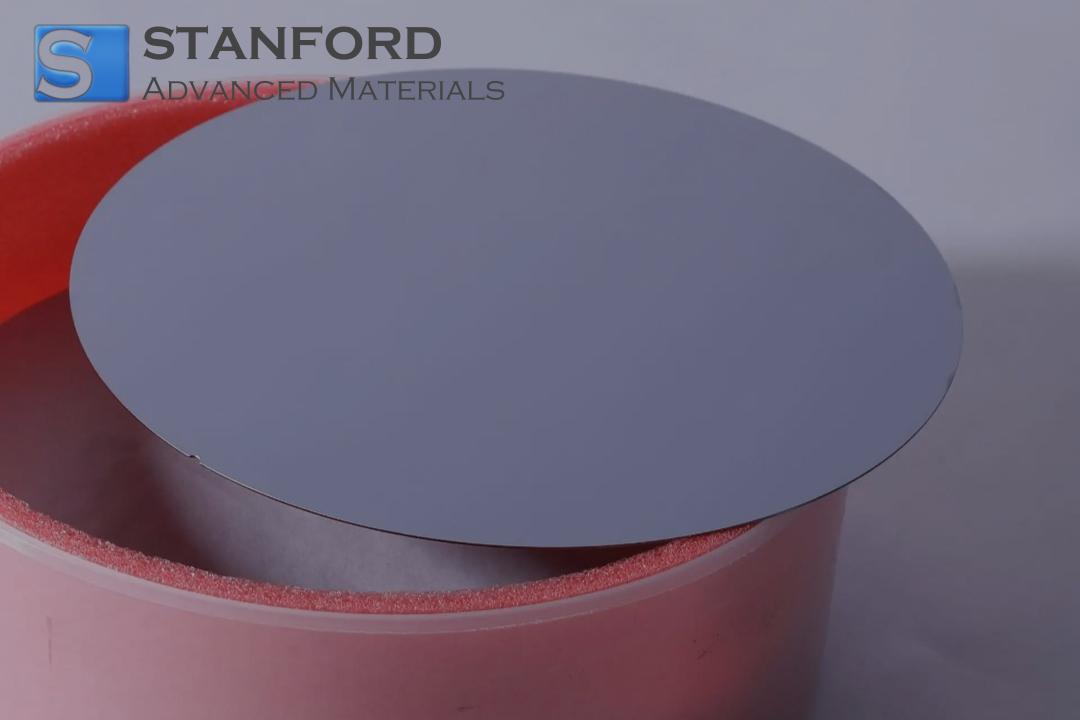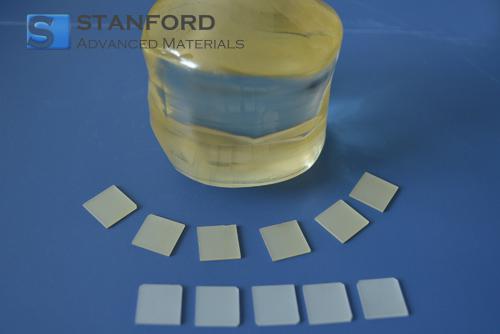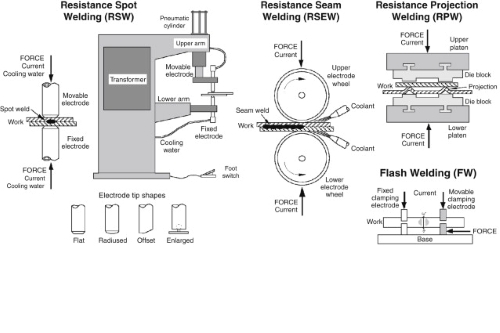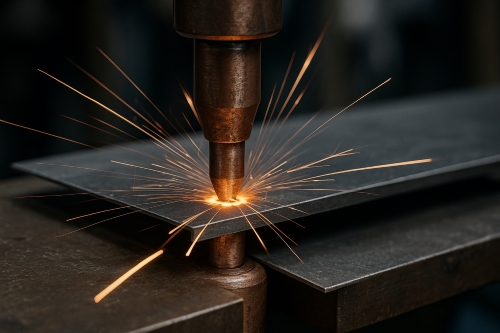Perovskite Powder: An Overview
Introduction
Perovskite powder has gained attention in recent years. It is used in various devices and research laboratories. The ease of processing and unique structure of perovskite powder offer many practical advantages. We will look at its structure, properties, and the types of perovskite powders.
What Is Perovskite Powder? (Crystal Structure ABX?)
Perovskite powder refers to a group of crystalline materials that have a specific structure. The structure is often noted as ABX, where A and B are cations and X represents an anion. The chemical formula is usually written as ABX3. In this structure, the A-site cations are larger and occupy a 12-coordinate site. The B-site cations are smaller and are at the centre of an octahedron formed by X-site anions. This well-defined framework is why perovskite powder is so interesting in many fields. For example, materials that follow this structure show useful patterns in how they interact with light and electricity. Such clarity and order in the crystal structure have been used to tailor properties for specific applications.
Key Material Properties (Optical, Electronic, and Thermal)
Perovskite powders show a range of useful properties. They respond to light in a predictable way. Many perovskite materials have a band gap that can be adjusted through simple changes in composition. A band gap around 1.5 electron volts is common in hybrid perovskites used in solar cells. This value allows the material to harvest sunlight effectively.
Electronic properties are another strong suit. The crystalline structure gives a clear pathway for electron movement. This is why perovskite powder is often tried as an alternative in thin film transistors and solar cell layers. In some cases, the mobility of charge carriers is high enough to suit electronic devices.
Thermal properties help in many applications. Perovskite powders typically handle moderate heat without a major revision of structure. In laboratory tests, many materials with a perovskite structure have remained stable up to 150 degrees Celsius. This feature lowers the risk during device operation and can extend the life of a component.
Types of Perovskite Powders (Organic, Inorganic, Hybrid)
There are three main types of perovskite powders. They are often grouped as organic perovskite powder, inorganic perovskite powder, and hybrid perovskite powder.
Organic perovskite powders contain organic molecules along with their inorganic framework. A common example is where an organic molecule acts as the A-site cation. These materials tend to be easier to process at low temperatures in contrast to their inorganic peers. They are used in light-sensitive devices and other small-scale applications.
Inorganic perovskite powders are built entirely from inorganic materials. A well-known case is calcium titanate, which has long been studied for its dielectric properties. These compounds are known for their strong thermal stability and mechanical strength. They have traditionally been applied in electronic ceramics and capacitors.
Hybrid perovskite powders combine features of both organic and inorganic varieties. A popular material in this group is methylammonium lead iodide (CH3NH3PbI3). Hybrid perovskites have generated interest, especially in the realm of solar cells. They offer good light absorption and a balanced mix of conductivity and flexibility in processing. This blend of properties has made them a popular choice in new devices and research prototypes.
The choice among these types depends on the application. For instance, if low-temperature processing is needed, an organic or hybrid perovskite might be the better option. In applications where heat resistance and long-term stability are key, the inorganic perovskite powder might be preferred.
Conclusion
Perovskite powder is an important material in current research and technology. Its unique crystal structure and versatile properties make it fit for a variety of applications. We have discussed the structure, key properties, and different types of perovskite powders. With useful features like an adjustable band gap and good heat stability, it finds a place in solar cells, transistors, and ceramics. For anyone working in materials science or exploring new methods in electronics, perovskite powder offers a practical avenue to consider.
Frequently Asked Questions
F: What applications are perovskite powders used in?
Q: They are used in solar cells, light-emitting devices, transistors, and ceramic components.
F: How is the crystal structure of perovskite powders described?
Q: It has an ABX3 arrangement, where A and B are cations and X is an anion.
F: Can perovskite powders handle high temperatures?
Q: Yes, many perovskite powders remain stable around 150 degrees Celsius.

 Bars
Bars
 Beads & Spheres
Beads & Spheres
 Bolts & Nuts
Bolts & Nuts
 Crucibles
Crucibles
 Discs
Discs
 Fibers & Fabrics
Fibers & Fabrics
 Films
Films
 Flake
Flake
 Foams
Foams
 Foil
Foil
 Granules
Granules
 Honeycombs
Honeycombs
 Ink
Ink
 Laminate
Laminate
 Lumps
Lumps
 Meshes
Meshes
 Metallised Film
Metallised Film
 Plate
Plate
 Powders
Powders
 Rod
Rod
 Sheets
Sheets
 Single Crystals
Single Crystals
 Sputtering Target
Sputtering Target
 Tubes
Tubes
 Washer
Washer
 Wires
Wires
 Converters & Calculators
Converters & Calculators
 Write for Us
Write for Us


 Chin Trento
Chin Trento



